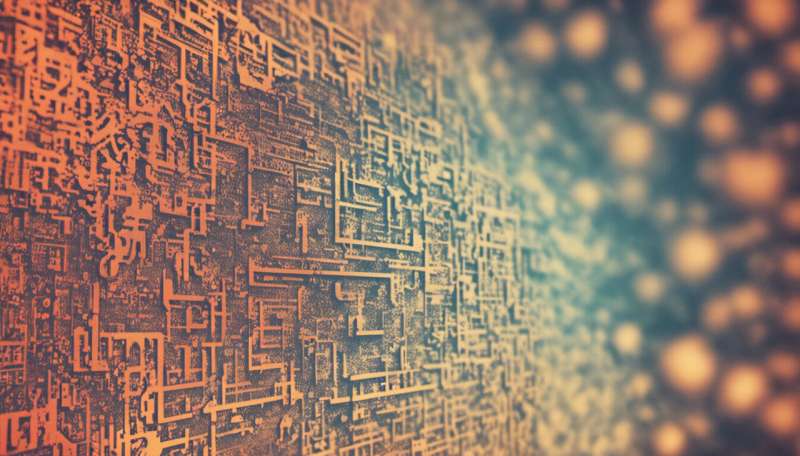The psychology of fake news

The brain can be untrustworthy when it comes to deciphering fake news, and especially when headlines are repeated, presented with photos, or generally easy to imagine, experts from The Australia National University (ANU) have found.
Their findings are outlined in a new open-access eBook, "The Psychology of Fake News," which analyzes the psychological factors that lead us to believe and share misinformation and conspiracy theories and possible interventions to correct false beliefs and reduce the spread.
Co-editor Dr. Eryn Newman, from the ANU College of Health and Medicine, and contributing author Professor Robert Ackland, found we are vulnerable to biases when consuming news and that social networks facilitate fake news dissemination.
"Stock photos in the media may not only bias people's assessments of truth but also lead to an inflated feeling of knowledge or memory about a claim they encounter," Dr. Newman said.
"In our research we have found that people mostly conclude that decorative photos help them understand a claim, or don't influence their perceptions of truth. Only 10 percent said they thought a photo added credibility. That is, the influence of photos is rather insidious. While people may be confident in their ability to discern fact from fiction, truth from lies, and real from fake, looking at broader research on eyewitness memory and lie detection we know that detecting truth is fallible and vulnerable to biases we are often unaware of."
Even satirical websites such as The Onion or The Borowitz Report can be mistaken for real news.
"What's concerning is if people miss the satire, decorative photos and other variables such as repetition likely encourage false beliefs for stories that are entertainment, not facts," Dr. Newman said.
Co-author Professor Robert Ackland said information consumption is becoming more isolating, with the shrinking space between producers and consumers of information online.
"Social media has led to essentially anybody becoming an authority on news distribution, with little fact-checking occurring," he said.
"Related to this is the phenomenon of 'filter bubbles' where algorithms used by social media companies select new content for users based on their previous engagement with content. This reinforces information consumption patterns and it being less likely users are exposed to new information."
More information: Rainer Greifeneder et al. The Psychology of Fake News, (2020). DOI: 10.4324/9780429295379
Provided by Australian National University



















